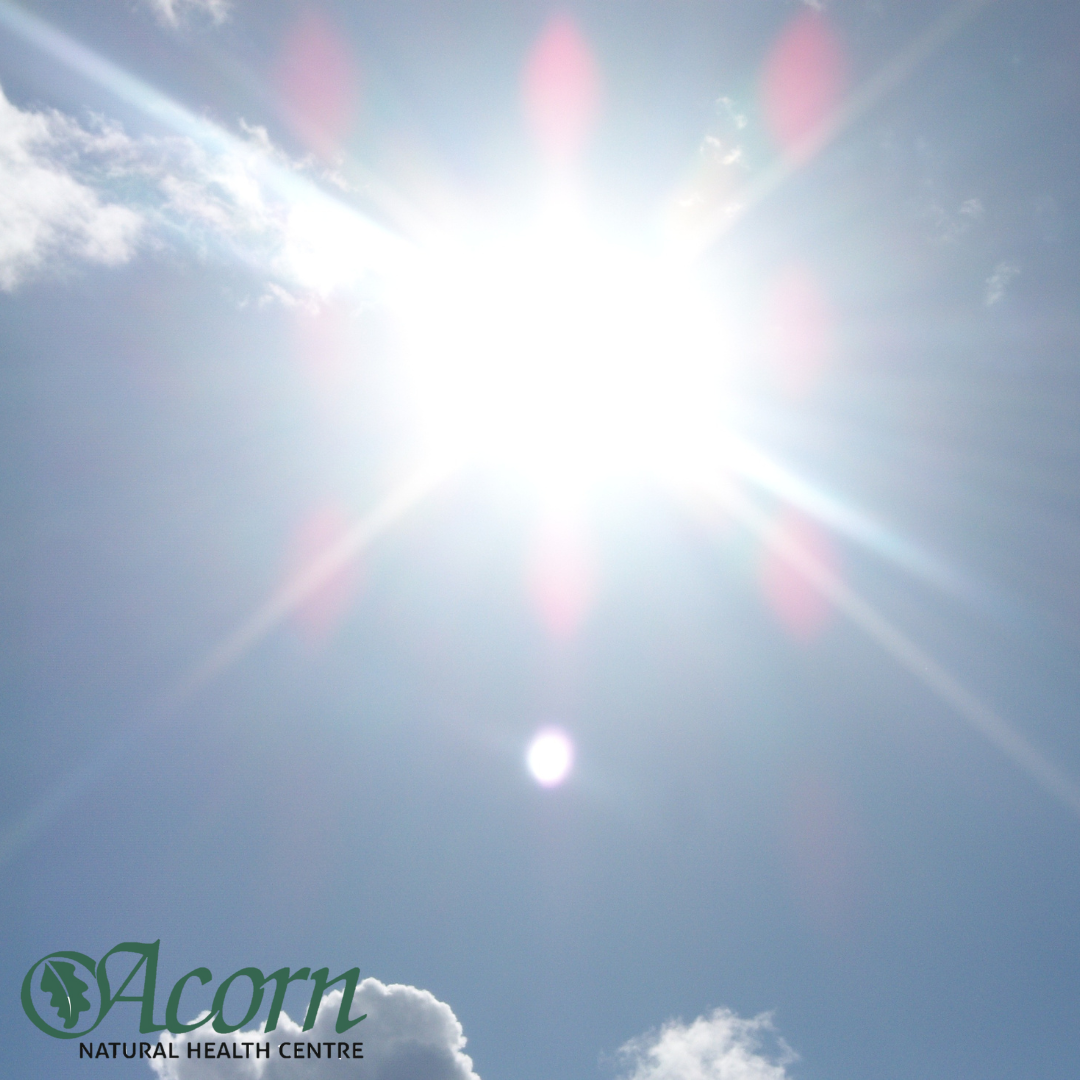Vitamin D deficiency has now reached pandemic levels worldwide, and experts believe that inadequate sun exposure is a major contributing factor. Unlike most vitamins, vitamin D is not abundantly available in foods. Natural sources are scarce, and even fortified foods often fail to provide enough to meet the body’s needs.
Vitamin D is crucial for overall health, aiding in bone development and immune function. Deficiency can lead to rickets in children and increase the risk of osteopenia, osteoporosis, and fractures in adults. Moreover, low levels of vitamin D have been linked to higher risks of various diseases, including some cancers, autoimmune disorders, and infections.

Historically, humans relied on sunlight to fulfil their vitamin D requirements, but modern lifestyles and the push for sun protection have led to a dramatic increase in deficiency rates. In countries like Australia, where sun safety campaigns have been prominent, the result has been a noticeable rise in vitamin D deficiency.
To maintain optimal health, experts suggest a circulating level of 25-hydroxyvitamin D above 75 nmol/L (30 ng/mL). For those unable to get enough sun exposure, a daily intake of 800–1000 IU of vitamin D3 is recommended. While vitamin D2 can also be effective, it may require higher doses to achieve the same blood levels as D3.
With new research challenging outdated guidelines, it’s becoming clear that current recommendations for vitamin D intake might need revision. If you’re concerned about your vitamin D levels, consider getting tested and consult with a healthcare provider about your options for supplementation and safe sun exposure.
Stay informed, stay healthy, and don’t underestimate the power of the sun! 🌞

